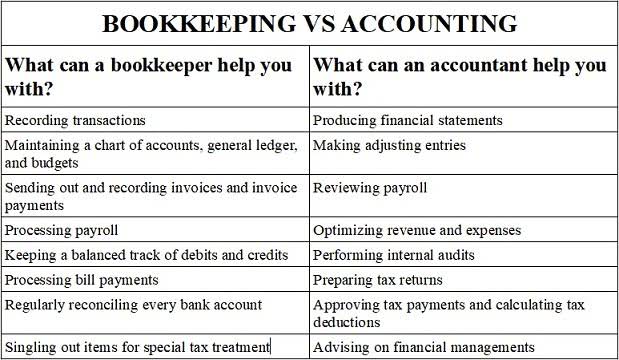
Essentially, they are the cumulative profits that have been ‘retained’ within the business over time. This financial metric provides insight into a company’s profitability, and more importantly, its financial health. As a business owner, understanding how to calculate retained earnings on your company’s balance sheet is invaluable.

What are retained earnings, and how are they calculated?
Since stock dividends are dividends given in the form of shares in place of cash, these lead to an increased number of shares outstanding for the company. That is, each shareholder now holds an additional number of shares of the company. As stated earlier, dividends are paid out of retained earnings of the company.
Significance of retained earnings in attracting venture capital
- The retained earnings for a capital-intensive industry or a company in a growth period will generally be higher than some less-intensive or stable companies.
- The specific use of retained earnings depends on the company’s financial goals.
- With less debt, you should be able to borrow greater loans, pay the money back at a lower interest rate, and grow your business.
- To see how retained earnings impact shareholders’ equity, let’s look at an example.
- This action merely results in disclosing that a portion of the stockholders’ claims will temporarily not be satisfied by a dividend.
The company reiterates its long-term commitment to a competitive dividend as cash flows improve to sustainably higher levels. Revenue and retained earnings have different levels of importance depending on what the underlying company is trying to achieve. Revenue is incredibly important, especially for growth companies try to establish themselves in a market. However, retained earnings may be even more important for companies who have been saving capital to deploy for capital expansion or heavy investment into the business. On the other hand, retained earnings is a “bottom-line” reporting account that is only calculated after all other calculations have been settled.
Ask a Financial Professional Any Question

Analyst normally investigates further on the reason that makes loss gross profit margin. However, if the entity makes operating losses, then accumulated earnings will turn into accumulated losses. Capital inject may require if it reaches certain minimum amounts that limit by law. The portion of retained earning normally uses for reinvestment as we as expended the operations, improve business and product branding, and do more research and developments.
A company with a high level of retained earnings indicates that it has been able to generate consistent profits, which can be used for reinvestment in the business or to fund future growth opportunities. Equity refers to the total amount of a company’s net assets held in the hands of its owners, founders, partners, and shareholders (residual ownership interest). Retained earnings refer to the total net income or loss the company has accumulated over its lifetime (after dividend payouts are subtracted). Revenue is the income a company generates from business operations during a period, while retained earnings are the accumulated net income that was not paid out as dividends to shareholders to date.
Retained earnings are an important part of accounting—and not just for linking your income statements with your balance sheets. Retained earnings are a critical part of your assets minus liabilities and retained earnings accounting cycle that helps any small business owner grow their business. It’s the number that indicates how much capital you can reinvest in growing your business.


For the entity that grows to the position that has financial healthy, dividends normally pay to shareholders. However, they normally decide not to distribute retained earnings to shareholders for the new startup entity. When revenue is shown on the income statement, it is reported for a specific period often shorter than one year. A company can pull together internal reports that extend this reporting period, but revenue is often looked at on a monthly, quarterly, or annual basis. For example, companies often prepare comparative income statements to analyze reports over several years. It’s important to note that retained earnings are an accumulating balance within shareholder’s equity on the balance sheet.
The Retained Earnings account can be negative due to large, cumulative net losses. We exclude gains or losses resulting from divestitures for purposes of calculating certain non-GAAP measures because they do not reflect our current operating performance. These adjustments facilitate a useful evaluation of our current operating performance and comparisons to past operating results.
- The statement of retained earnings is also known as a statement of owner’s equity, an equity statement, or a statement of shareholders’ equity.
- This financial metric provides insight into a company’s profitability, and more importantly, its financial health.
- For instance, say they look at your changes in retained earnings over the years.
- It is an accumulation of all the historical profits percentages kept in the company’s reserves for different purposes.
- Cash dividends are paid to the shareholders, and stock dividends are bonus shares issued to the shareholders.
Remember, a business that consistently retains a positive amount of earnings is generally on a successful trajectory, providing value to its shareholders and positioning itself well for future growth. However, company owners can use them to buy new assets like equipment or inventory. Much like any other part of a business, there can be downsides to retained earnings. Retained earnings are a shaky source of funds because a business’s profits change.
Ensure that the company maintains sufficient working capital to support its operations without tying up excessive capital. In my role as an M&A advisor, I have successfully completed millions of euros worth of transactions. My work focuses on developing tailor-made solutions and managing complex deals, always keeping the needs and objectives of my clients in mind.

